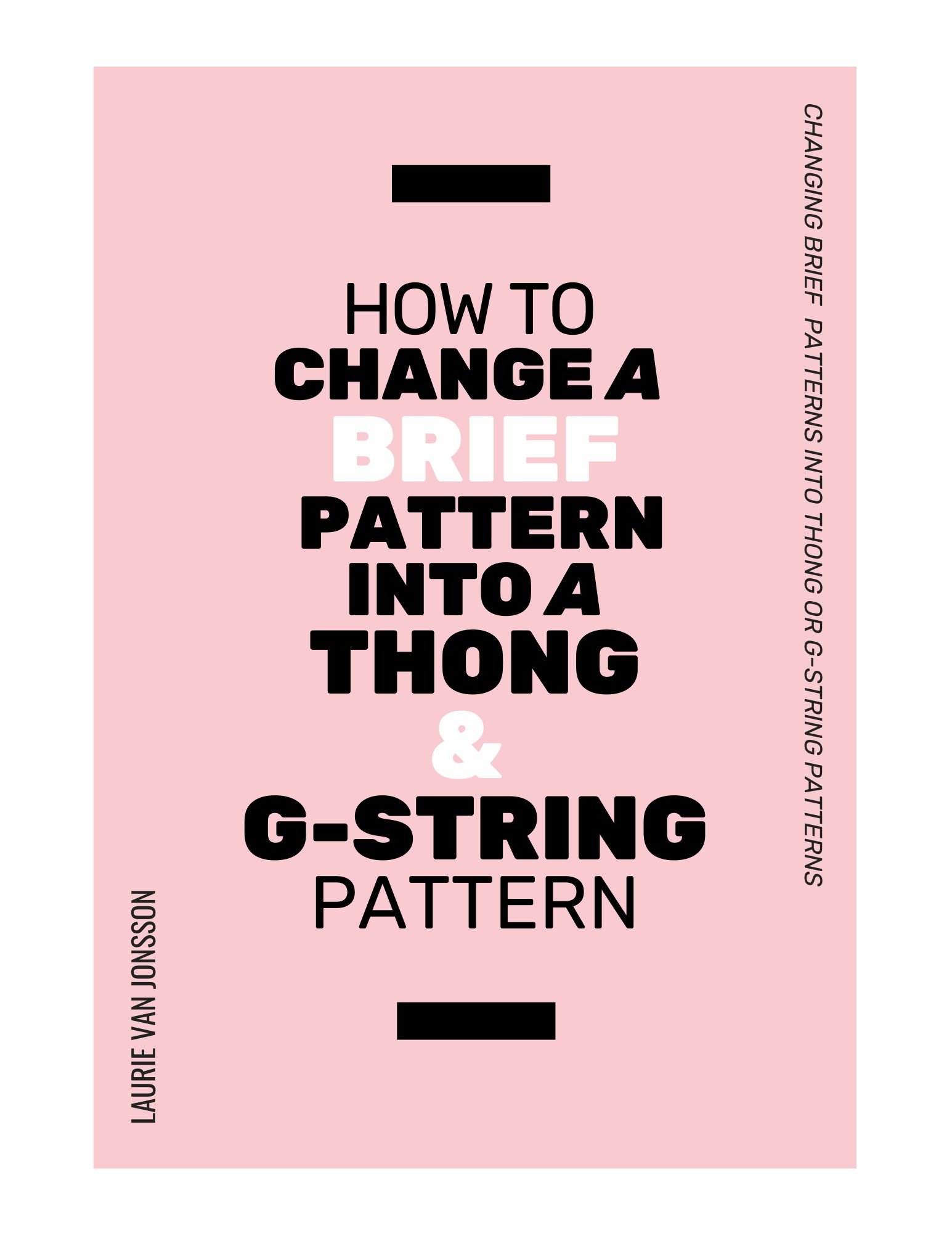Changing your seam allowance from elastic to fold-over
If you have made a bra pattern or maybe you have gotten a free bra pattern from the internet and wish to change the pattern so it has fold-over elastic (FOE) instead of brushed back elastic, it is one of the most simplest alterations you can make on a pattern, and makes your pattern versatile depending what style of lingerie you wish to make.
While elastic is been a staple in garment construction, fold over elastic brings a fresh approach to finishing edges and adding a touch of modern flair to your creations. In this blog post, we'll explore the reasons for making the switch and provide a step-by-step guide to help you seamlessly integrate fold over elastic into your sewing projects.
So why Make the Switch from elastic to Fold-over Elastic ?
Comfort: Fold over elastic is designed to be gentle on the skin, making it an ideal choice for projects like lingerie, swimwear, and activewear. Its soft and stretchy nature ensures a comfortable fit without compromising on flexibility.
Professional Finish: Fold over elastic gives a polished and professional look to your garments. It neatly encases raw edges, providing a clean and tidy finish, it’s one of my favourite ways to finish a garment off without worrying about trimming any excess fabric off that you’ve turned.
Versatility: Unlike elastic, which is typically stitched and turned, fold over elastic can be applied to the edge of the fabric, eliminating the need for two procedures, you can apply FOE with just one row of zig-zag stitch.
Aesthetic Appeal: Fold over elastic comes in a wide range of colours, patterns, and finishes including spotty designs; allowing you to unleash your creativity. Whether you prefer a subtle, monochromatic look or a bold and vibrant design, FOE provides endless possibilities for customisation.
How to change the brief or bra Pattern
To start, choose the Right Fold Over Elastic: Selecting the appropriate FOE for your project is crucial. Consider the fabric type, colour, and width of the elastic to ensure a cohesive and well-coordinated finish. I usually use 14mm elastic which in turn finishes at 7mm, the wider your FOE elastic is the less support it will give.
Your Pattern: Trace around your pattern, and where the seam allowance where the elastic is attached legs and waist of brief, bra neck edge, (I wouldn’t use FOE on the under-band or underarms as I don’t think they give enough support unless you are designing within the small cup range). unless stated otherwise the seam allowance will be 6mm, and you simply take off the 6mm seam allowance, and that’s it.
We often think there is going to be some complicated procedure but, all you are going to do is measure 6mm into the pattern and take off the 6mm, simple.
*And if you have a pattern that needs FOE and you want to change it to regular elastic you need to add 6mm onto the sides where the elastic is going to go.
The finished garment should be the same size.
If you are looking at further information about altering patterns please check out the following e-courses. below.




